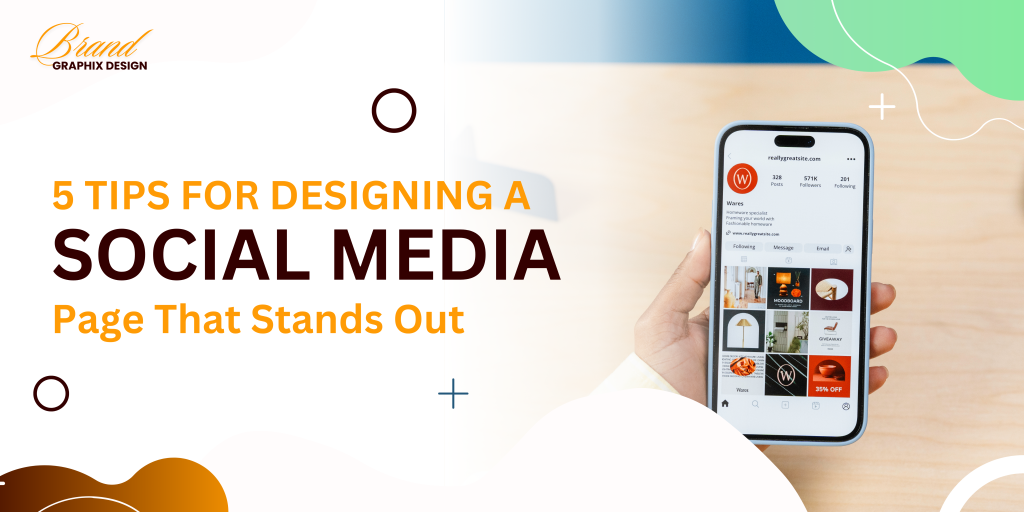1. Define Your Brand Identity
2. Use High-Quality Visuals
In the world of social media, visuals are everything. High-quality images, videos, and graphics are essential for catching the attention of your audience. Invest in professional photography or create custom graphics that reflect your brand’s personality. Avoid using low-resolution images that can make your page appear unprofessional. A well-designed social media page with crisp, clear visuals will make your content more engaging and shareable. Also, consider the aspect ratio and dimensions of your visuals for each platform to ensure they display correctly. For example, Instagram’s square format requires different dimensions than a Facebook cover photo. By using high-quality visuals, you create a more polished and inviting look that attracts followers and builds credibility. It’s also important to maintain a cohesive visual style by using similar filters, color schemes, and design elements across all your posts.
3. Optimize Your Bio and Profile Information
Your social media bio is often the first thing people read when they visit your profile. Make sure it clearly communicates who you are, what you do, and what value you provide to your audience. Use keywords that your target audience might search for, and include a call-to-action (CTA) that encourages people to follow, visit your website, or engage with your content. Keep the language concise and compelling—avoid long paragraphs. Many platforms also allow you to add links, so make sure to include one that directs visitors to your website, landing page, or any other valuable resource. Along with your bio, ensure your profile and cover photos are visually appealing and up-to-date. This combination of an optimized bio and clear profile details will create an inviting and professional impression that encourages people to engage with your content.
4. Create a Consistent Posting Schedule
Consistency is key when it comes to designing a social media page that stands out. A well-organized posting schedule helps maintain engagement with your audience and ensures that your content remains fresh and relevant. Decide on a posting frequency that suits your audience and stick to it—whether that’s posting daily, a few times a week, or weekly. Consistency in both timing and content type (such as images, videos, or text) will help build anticipation among your followers and improve your page’s performance in algorithms. Utilize social media management tools like Hootsuite, Buffer, or Sprout Social to plan and schedule your posts in advance. By creating a posting schedule that aligns with your target audience’s behavior, you’ll increase the likelihood of your content being seen and shared, which can help grow your followers and make your page more visible.
5. Engage with Your Audience
Engagement is one of the most important factors in designing a social media page that stands out. Social media is a two-way communication channel, so it’s essential to interact with your followers and create a sense of community. Respond to comments, messages, and mentions in a timely manner, and don’t be afraid to initiate conversations with your followers. Ask questions, run polls, or host live sessions to encourage participation. User-generated content (UGC) is also a great way to engage your audience—ask your followers to share photos, videos, or stories that relate to your brand. Additionally, liking, commenting on, and sharing relevant content from others can help build relationships and expand your reach. By actively engaging with your audience, you demonstrate that you value their input and are committed to building a strong relationship with them. This level of interaction will keep your audience invested in your brand and encourage them to spread the word.



